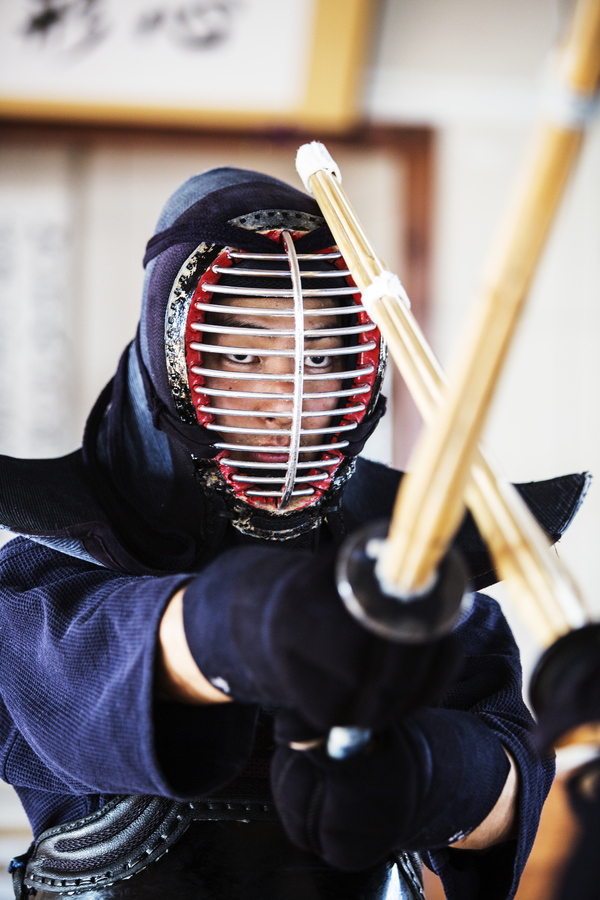Kendo is a contemporary martial art evolved from ancient samurai traditions in Japan.
In fact, this samurai discipline did not develop in a linear process but from complex and sometimes even contradictory social developments. These are partly historically unique constellations and social processes. This must be taken into account in historical considerations, as well as the circumstances under which Europe came into extensive contact with Japan and its culture at the end of the 19th century.

Today, it is widespread on all continents in at least 63 countries, 40 of them in Europe. The number of active practitioners in Japan is estimated at around one million. This is a small number in relation to the approx. 130 million inhabitants. Nevertheless, the vast majority of the best teachers and fighters still come from Japan and travel all over the world. About half is estimated for the rest of the globe, about 30-50,000 active in Europe.
Are there any Kendo organizations?
At the global level, there is the International Kendo Federation (FIK) and regionally – the European Kendo Federation (EKF). All the tournaments take place regularly.
In Japan, of course, there is a wider range of large competitions, from school and university competitions to high-level tournaments with participants as low as 7th or 8th dan. For most citizens in Japan, the Japan Championship is more important – as long as Japan stays victorious!
Is Kendo present in the media?
In the current mass media, this samurai discipline rarely appears in Europe as an “exotic art”. There are too few active players, and there are no active funds. This makes TV broadcasts difficult. It’s a bit different in Japan, but not significantly. There, at least occasionally, large “samurai” events are reported.
Sword fighting, samurai art and kendo, etc. are relatively common in cinema and literature. Countless (sometimes rather cheap) samurai films have been and are being shot, especially in Japan. The works of Akira Kurosawa (1910-1998), such as “The Seven Samurai” (1954) or “Yojimbo” (1961), each template for the Hollywood classics “The Magnificent Seven” (John Sturges, 1960) and ” For a Fistful of Dollars” (Sergio Leone, 1964, with Clint Eastwood) as well as “Last Man Standing” (Walter Hill 1996, with Bruce Willis). Less well known is “Rashomon”, a film about the subjectivity of perception and experience, also starring Toshiro Mifune, who acted in most Kurosawa films. But Kurosawa’s work is much larger.
An internet short film “4th Dan Kendo” was mainly shot with amateur actors of the Hungarian Kendo Association and was awarded at festivals.
It is also an integral part of the world of manga and anime, two very famous Japanese cartoon forms. Occasionally even advertisements take notice of this discipline.
Thus, Kendo is much more well-known than you’ve imagined!

